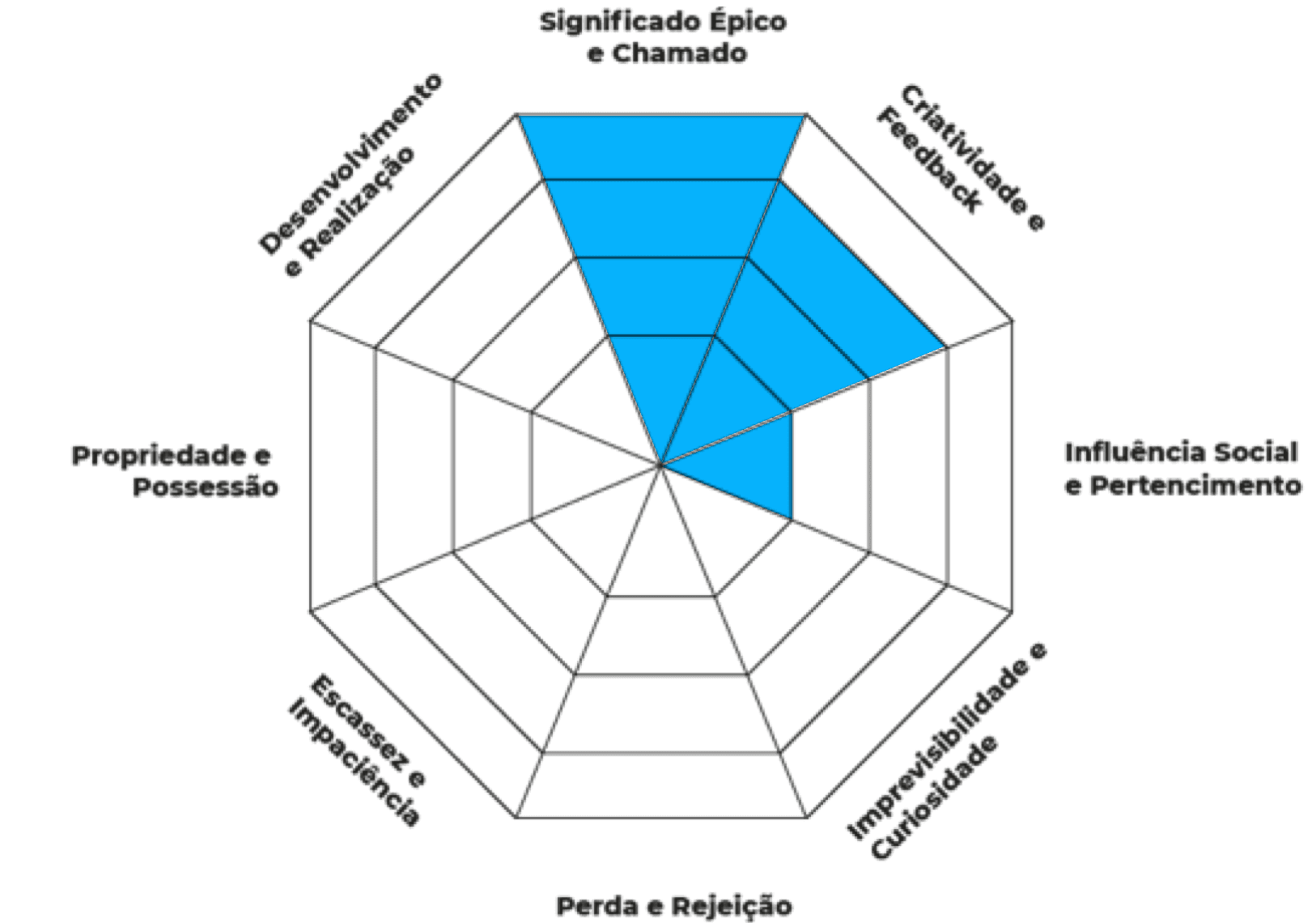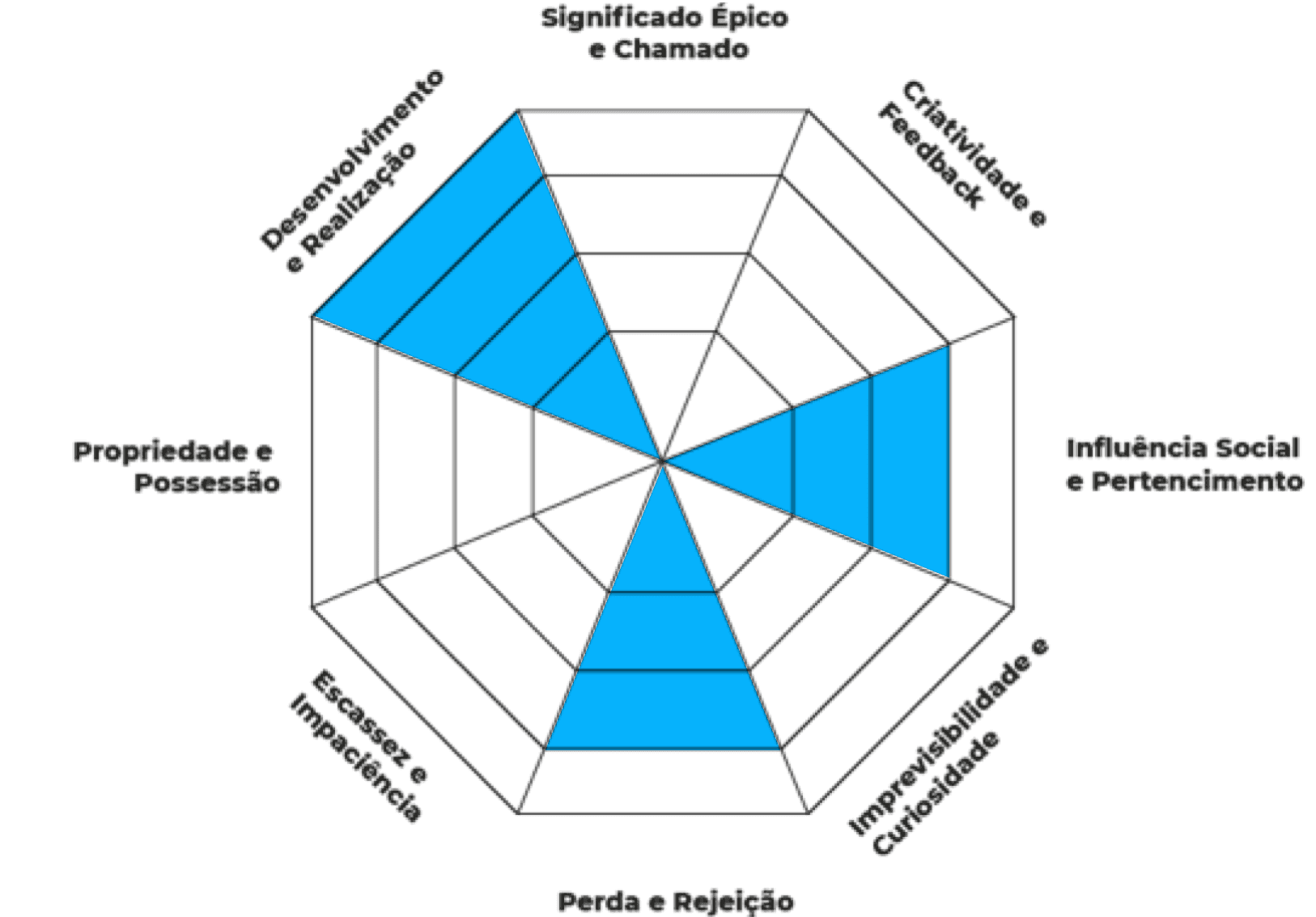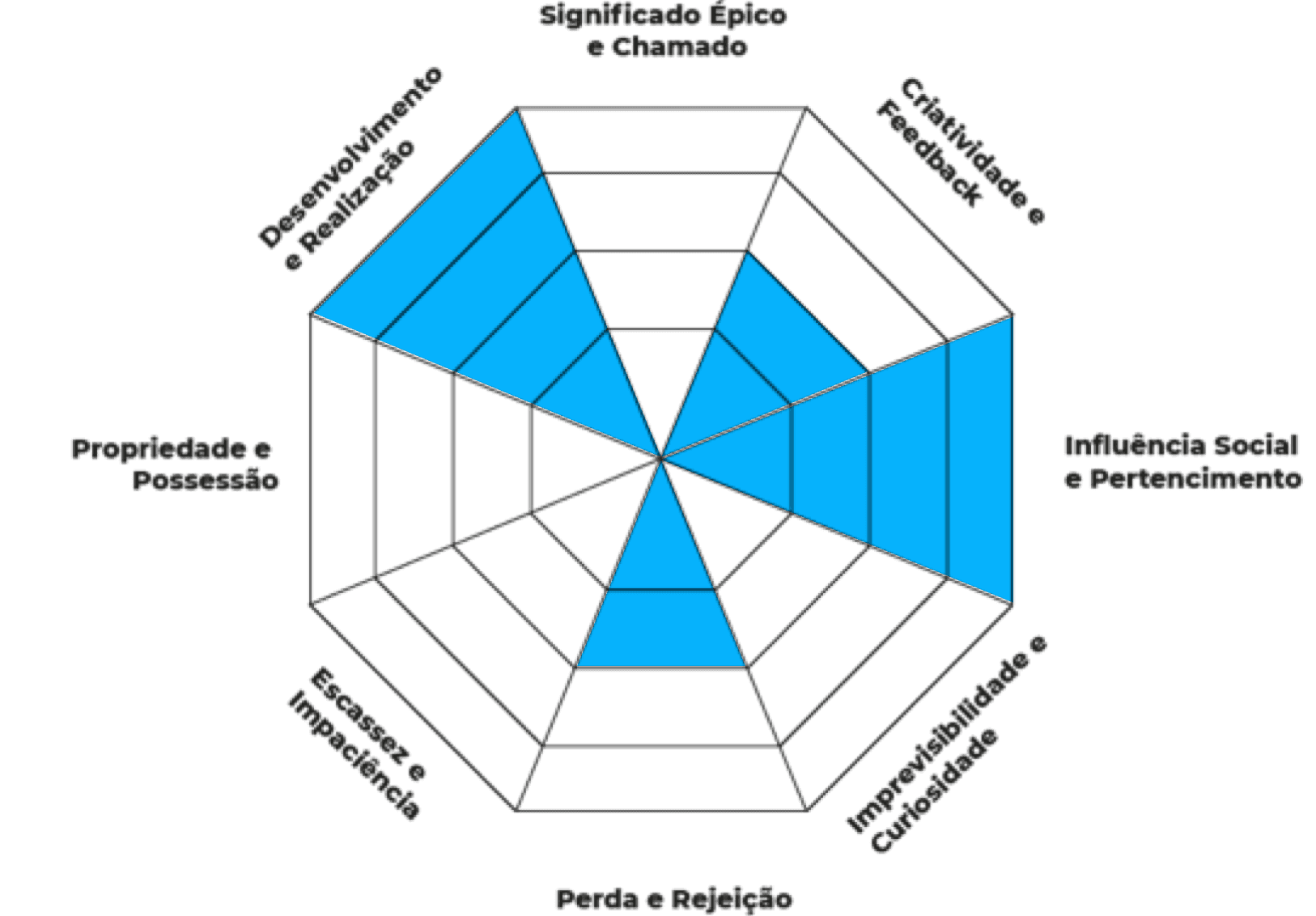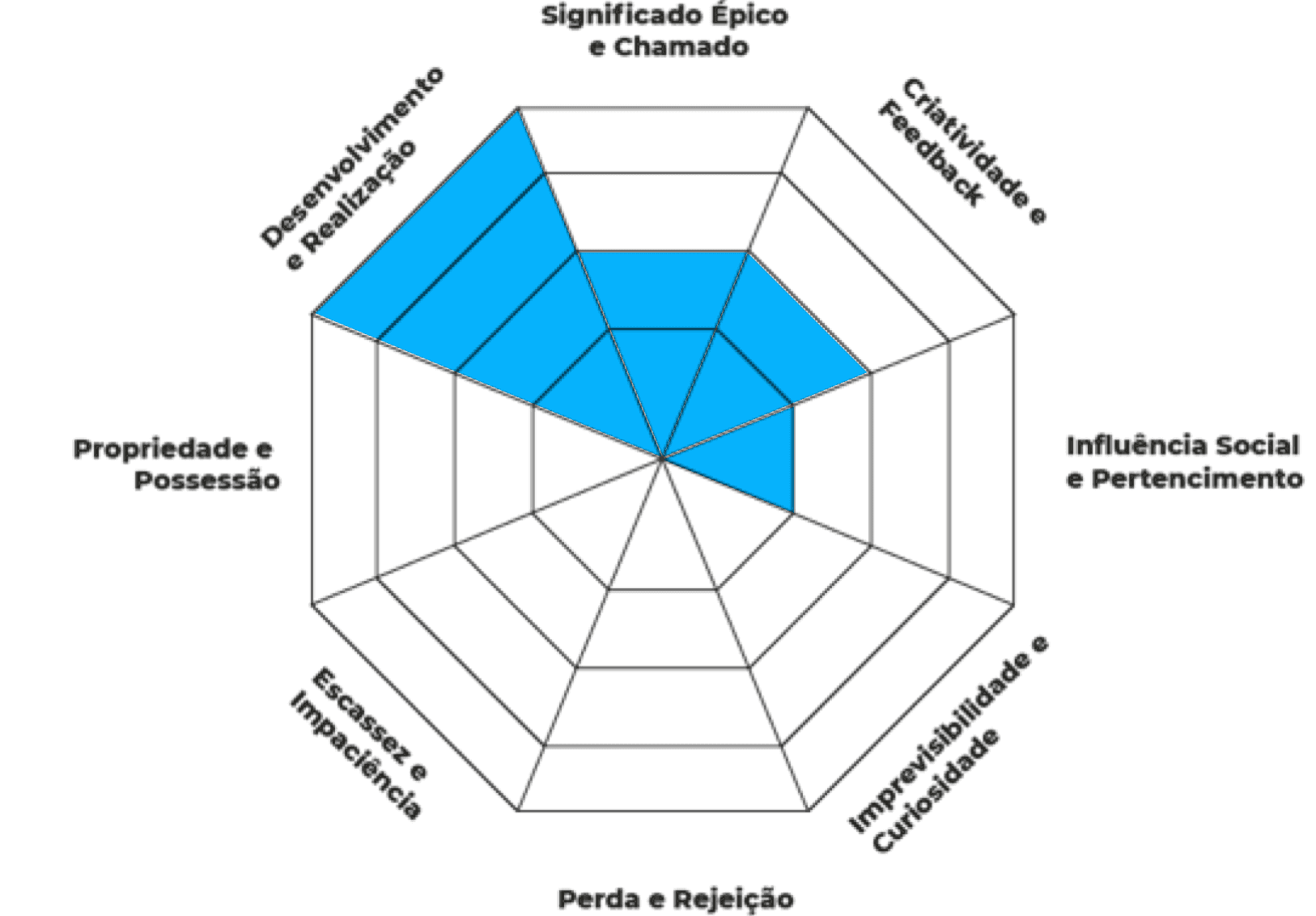
Banco Pan
Gamified Leadership Development System
1
Project Manager
2
UX Designers
2
HR consultants
2
Full-stack Devs
My individual contribution
Planning and Conducting the research phase
Facilitating discovery and ideation workshop sessions
Conducting in-depth interviews
Processing collected information
Ideating the gamified user flow
Validating concepts
Helping on UI creation
Skills used
Research
Service Design
Gamification
Interaction Design
UX Strategy
Design Thinking
Adobe XD
Client details
Understanding the company
About
Banco Pan is a traditional Brazilian bank that was undergoing a cultural transformation after being acquired by another bank in 2011.
To support this cultural transition, the People team needed more active and engaged leadership. They aimed to give visibility to important and expected behaviors and provide resources for leadership development.
Design Challenge
Developing a gamified development system for the leadership of Banco Pan using a user-centered design approach.
Research
Key Observations
Asking the right questions
Research Goals
Before the research starts, we made an effort to plan and understand the research goals, which company information we would need to collect, and which research tools and techniques we could use.
?
How did the current leadership evaluation process work in the bank?
?
Would leaders accept this new evaluation process?
?
What kind of leaders did the company have?
?
What were the expectations from Pan's leadership?
?
What was changing in the Pan's culture.
?
Which systems and services didi the company use for this process?
User Research
We ran some alignment workshop sessions with the main project stakeholders to understand the company’s expectations of the leadership.
In Addition, we made in-depth interviews with 10 leaders to understand their pain points and needs regarding the evaluation process.




PERSONA DETAILS
Synthesizing user research




Short tenure
Long tenure
Challenger
The activist
Wants a big change in the status quo.
Worried about her results, does not care about company changing
Worried about how company changes could impact his work.
Company changing does not impact her work.
The hardworker
The Expert
The supportive
Comformist
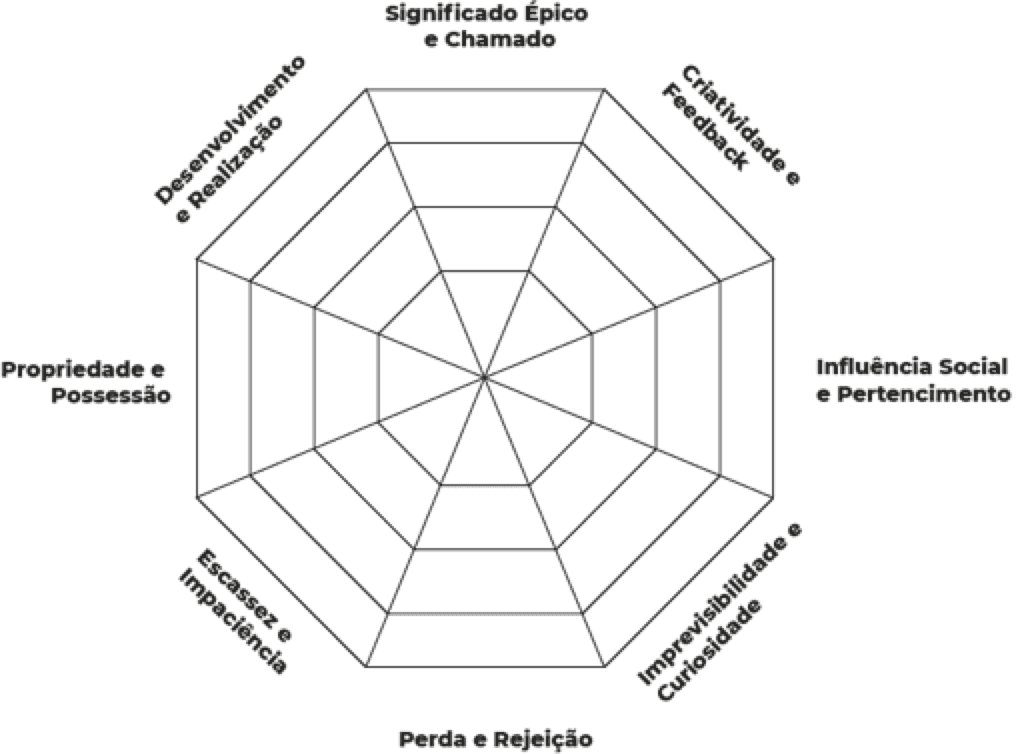
We used the Octalysis framework, developed by Yu-Kai Chou, to map the users' motivation and apply gamification techniques. It analyzes and creates gamified systems, reflecting the different human motivations.
The four upper points represent tactics that appeal to rewards and satisfaction, while the four lower points deal with loss and anxiety.
The points on the right emphasize intrinsic motivators, while the ones on the left emphasize extrinsic motivators.

The activist
Motivation drivers
Feeling like being part of something greater
Engaging in the process of building innovation
Autonomy in decision-making
Feeling fulfilled
Novelty
Sharing knowledge
Interaction with others

The supportive
Motivation drivers
Visualizing your progress
Predictability
Feeling valued
Security and stability
Public recognition

The hardworker
Motivation drivers
Autonomy in decision-making
Visualizing your progress
Seeing that you are being valued
Visualizing your impact

The Expert
Motivation drivers
Feeling recognized at work
Visualizing your progress
Realizing that you have an impact on the business
Understanding that you can achieve your goals
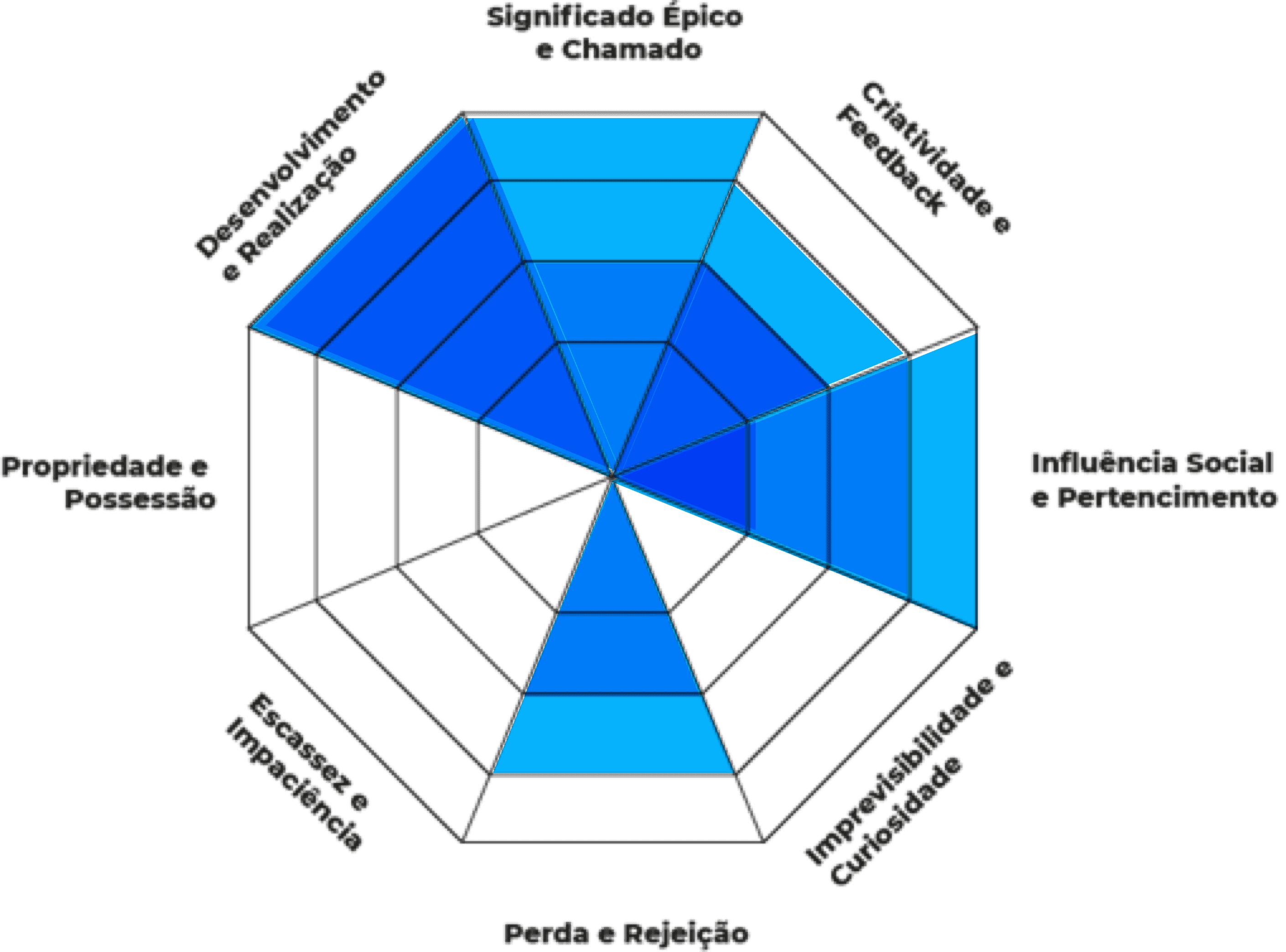
The Octalysis on the side represents the result of the evaluation we conducted on the mapped player profiles, their motivations, and how these profiles tend to relate to each of the drives in the model, overlaying each of the Octalysis diagrams presented in the previous slides.
As a result, we can observe that the motivations of the profiles mapped during the Research process have a strong relationship with rewards and satisfaction.
Solution
Ideation Process
Let's make some ideas
Ideation
We conducted an Ideation workshop session to think about gamification techniques for each user profile.
In addition, we ideate user journeys for the development program.

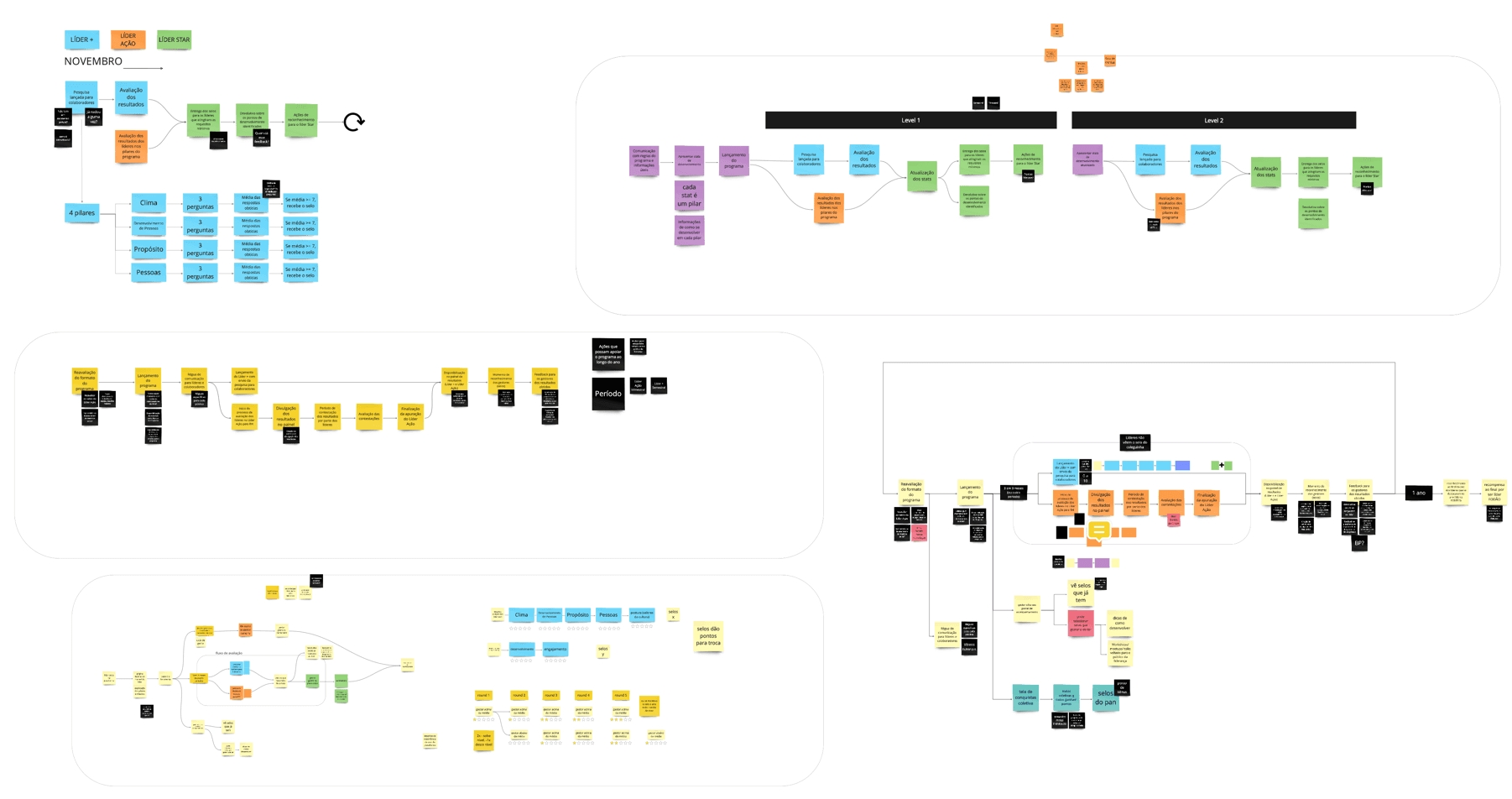
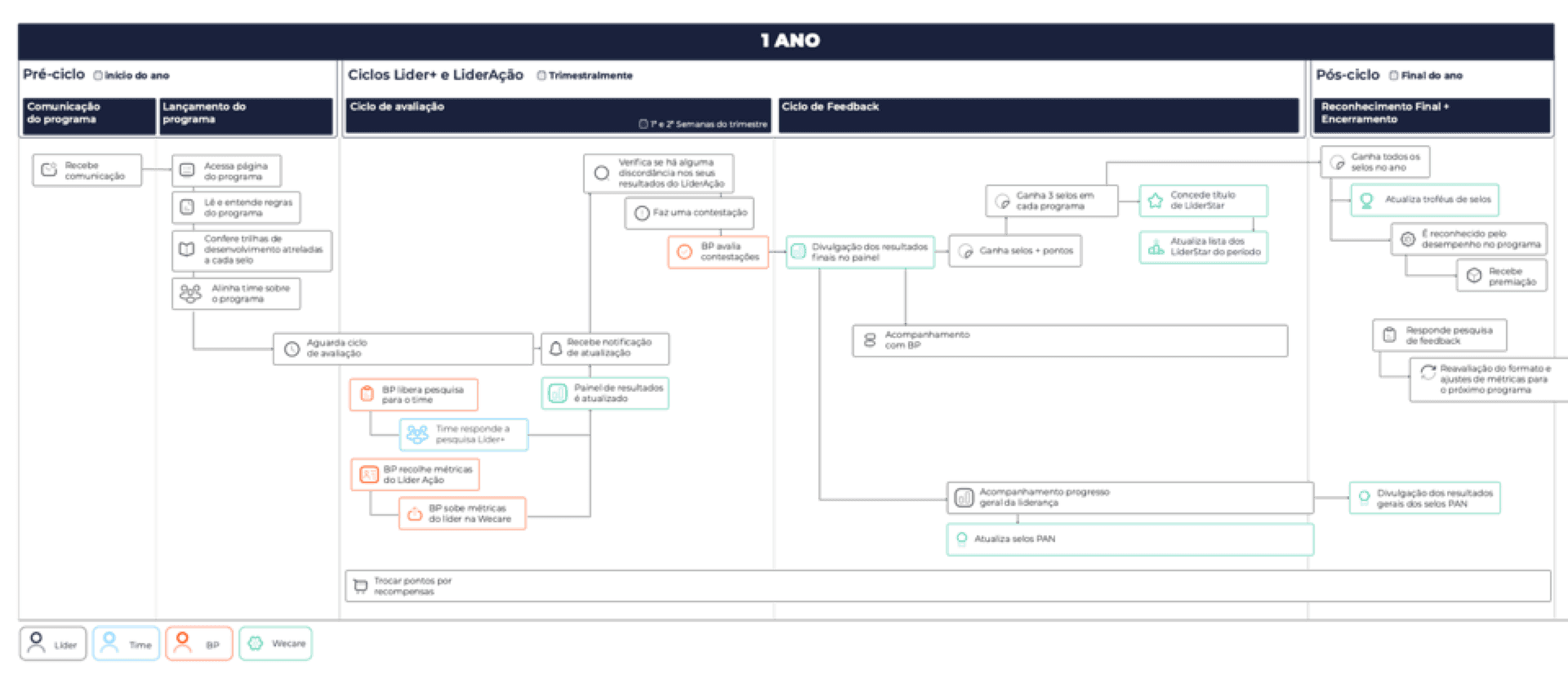
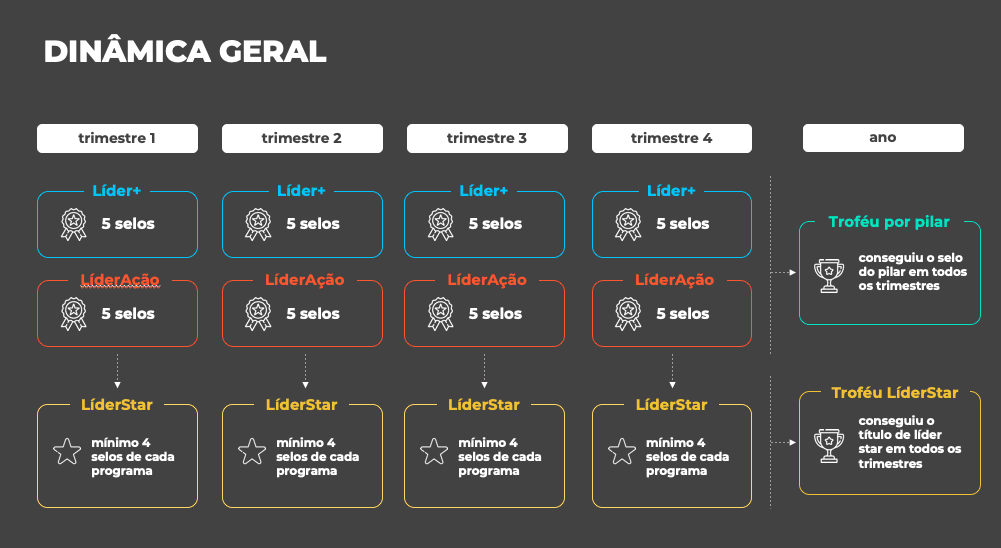
Ideation Process

